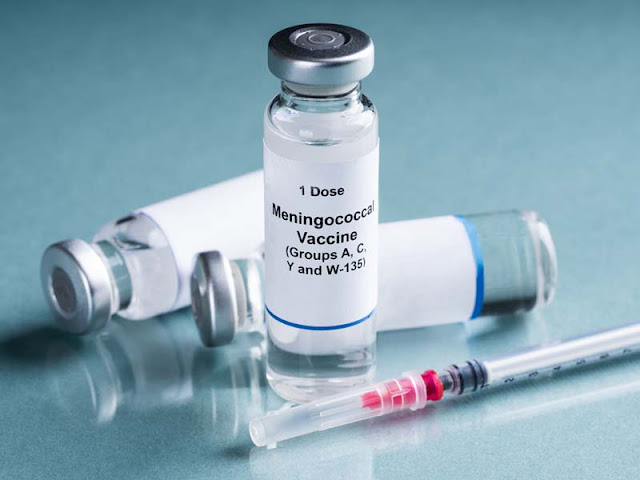Transcranial Magnetic Stimulation: A Promising Method for Treating Depression
 |
| Transcranial Magnetic Stimulation |
Transcranial magnetic stimulation
or TMS is a noninvasive form of brain stimulation technique. It uses magnetic
fields to activate specific regions of the brain. TMS works by inducing small
electric currents in the brain using rapidly changing magnetic fields. The
stimulation is delivered through a wire coil placed near the head over the
scalp area of interest. TMS offers a unique and innovative way to study and
treat various psychiatric and neurological conditions in a completely
noninvasive manner.
History and Development
The idea of using rapidly
changing magnetic fields to stimulate brain activity traces back to the
mid-1980s. It was first demonstrated in 1985 by Anthony Barker and his
colleagues at Sheffield University in England. Initial experiments showed that
TMS could be used to temporarily disrupt brain activity when applied over the
motor cortex. This helped establish TMS as an effective technique for
neuromodulation. Over the following decades, TMS systems continued to improve
with better stimulation coils and control over parameters like frequency and
intensity. The FDA approved TMS therapy in 2008, making it a viable treatment
option for certain conditions. Since then, TMS has emerged as a promising
research and clinical tool due to its ability to modulate brain networks
noninvasively.
How Does TMS Work?
When the TMS coil is placed near
the scalp, it generates rapidly changing magnetic fields. These magnetic pulses
pass unimpeded through hair, scalp and skull to directly stimulate cortical
neurons in the brain. The electric currents induced are thought to temporarily
excite or inhibit local neural circuits depending on stimulation parameters
like frequency. Low frequency TMS below 1 Hz inhibits cortical activity while
high frequency protocols above 5 Hz excite it. The Transcranial
magnetic stimulation areas can also be targeted specifically by placing
the coil over the region of interest as identified using MRI/MEG. Modern TMS
devices can deliver single pulses or repeated trains of stimuli controlling
conditions like pulse intensity, duration and interpulse intervals. This makes
TMS a versatile tool for both research and therapy applications.
Safety and Side Effects
Overall, TMS is considered quite
safe based on extensive research. Most side effects are localized and mild like
scalp pains, headaches and faint sensations during stimulation. Seizures are
exceedingly rare, estimated to occur in less than 1 in 1000 patients.
Precautions are taken for those with metal implants and epilepsy history. Long
term risks are still being evaluated but considered minimal. Stimulation below
equipment output limits should pose no risk of tissue damage. At therapeutic
frequencies in clinical use, side effects are typically transient lasting few
minutes after the session ends. With careful screening and monitoring during
treatment, TMS can generally be delivered safely. This favorable safety profile
is a major advantage over other invasive techniques.
Get More Insights Here
https://coolbio.org/monoclonal-antibody-therapeutics-revolutionizing-patient-care/



Comments
Post a Comment